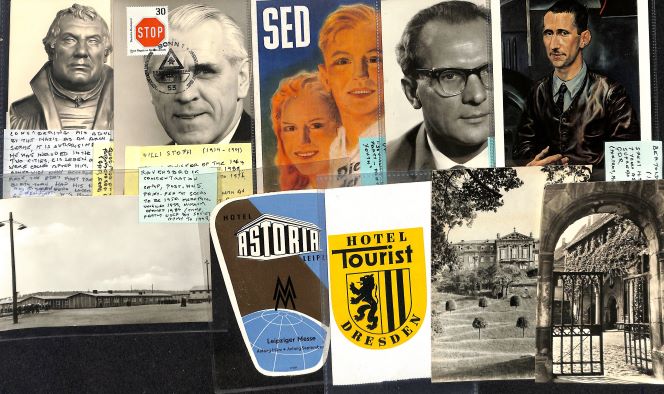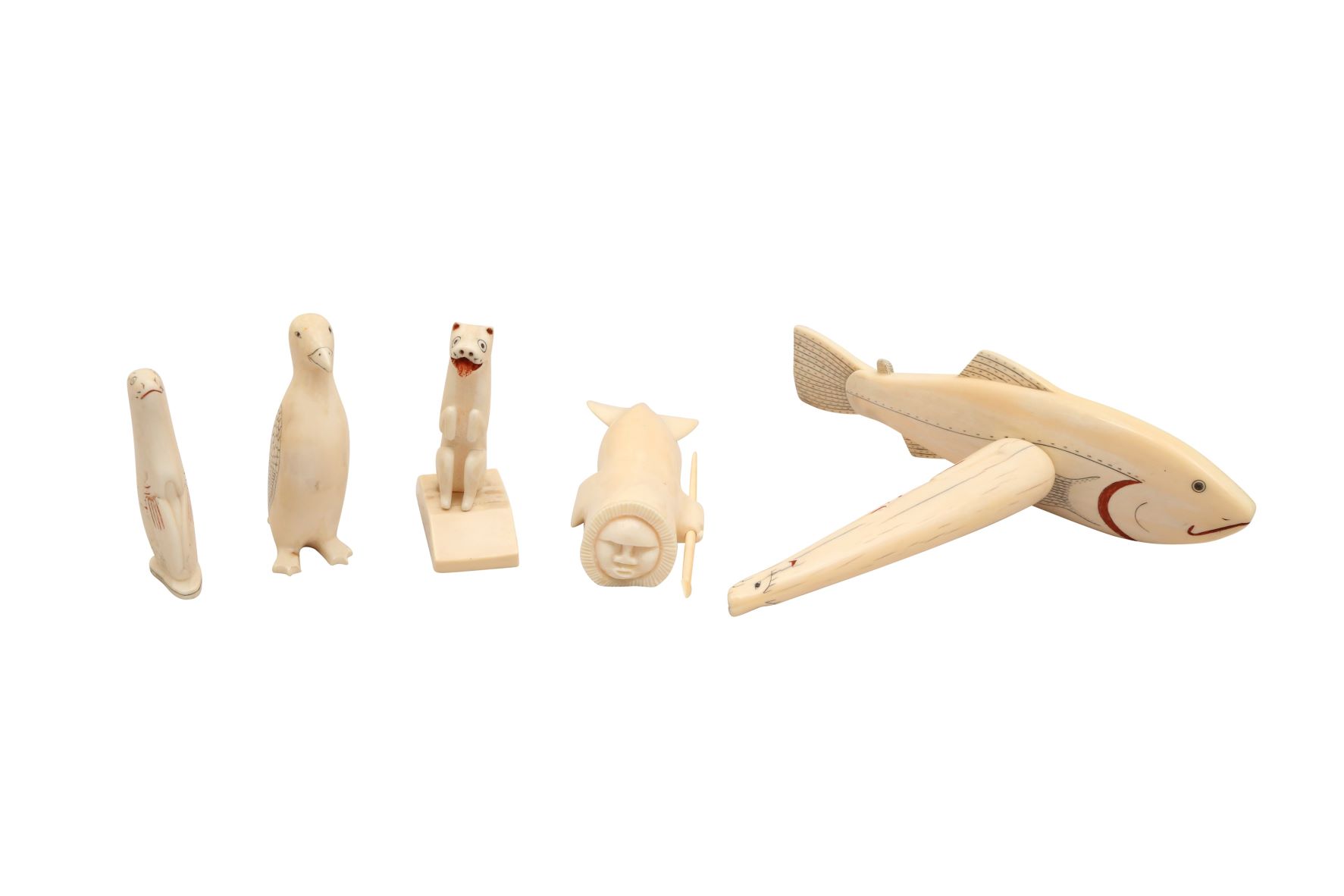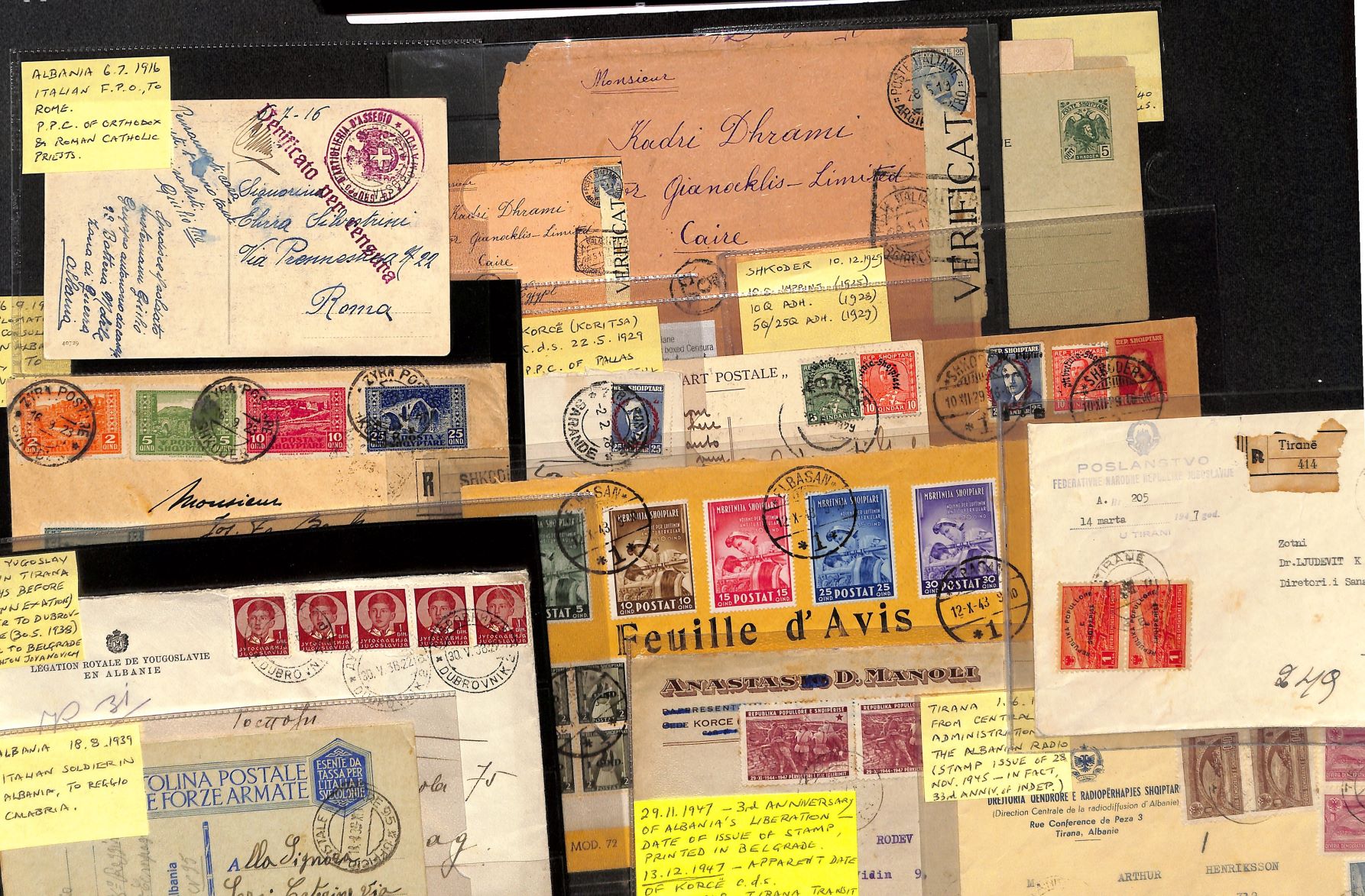

The extraordinary lifetime collection of British journalist and presumed diplomat John Newall reflects decades of travel, reporting, and political observation across the Soviet Union, Eastern Europe, North Korea, Asia and beyond. Comprising extensive stamp collections and a wealth of rare political, militaria and travel-related ephemera, this singular archive offers a vivid insight into Cold War diplomacy, communist propaganda and cultural heritage.
Below, in his own words, John Newall reflects on how many of the items came into his possession.
“Ne plus ultra was a Hungarian friend’s feeling standing in St James’s Park before the war. Twenty years later in Moscow, a similar sense came when watching the grandiose Red Square celebrations… the call for a renewed social order looked to Russia for inspiration. In reality, the omens of the awful present were already there.”
Stalin’s embalmed body still lay beneath the podium where Khrushchev and Mikoyan observed the festivities. Mikoyan was soon bound for Cuba, extending Soviet influence abroad.
Soviet and World War Two Ephemera - A collection of 25 items
From May Day parades in East Berlin to diplomatic ceremonies alongside key GDR figures, Newall's time in Germany spanned decades. Having first visited in 1951–52, he became a long-term observer of both East and West German politics.
“For all its faults, the GDR, far more than West Germany, took seriously the task of weeding out leftover Nazis.”
His experiences include witnessing the early days of the Berlin Wall and joining a flight to Zanzibar alongside Otto Winzer, East Germany’s deputy foreign minister.

East Germany (G.D.R) Postcards and Ephemera
Among the rarest and most sought-after items in the collection are from North Korea. From visiting the Joint Security Area at Panmunjom to flights aboard the austere North Korean airline, Newall’s insights offer a rare glimpse behind the curtain.
“Where other airlines offered sweets, North Korea served dried pollock – probably fished off Alaska.”
Stamps - North Korea, 1950-1995
Travel restrictions during the Cold War meant that Alaska became a key transit point for East–West travel. Newall found a unique blend of Cold War history and enduring indigenous culture.
“Nowhere I’ve visited is as peculiar as North Korea, but Alaska is not exactly run of the mill.”
His interest turned to Inuit culture and artefacts, including ceremonial masks and ivory carvings. He also observed how fishing practices in the Bering Sea continued to reflect Korean traditions.
Two Alaskan Inuit Ceremonial Masks

Collection of Alaskan Inuit Marine Ivory Carvings
Inspired by a family connection to William Patterson – founder of the Bank of England and supporter of the failed Darien scheme – Newall explored the region that was once intended to be the site of New Caledonia.
“I became enthralled by the Cuna way of life… living almost autonomously, preserving their ethnic identity.”
Molas Textiles - Cuna Indians, Panama.
A family legacy and personal curiosity took Newall to Albania, a country tightly closed to foreign visitors at the time.
“By hook or by crook, I got a visa from the Albanians… I persuaded them in 1959 to let me drive in through a remote border crossing.”
His visits unearthed cultural treasures from a society largely untouched by tourism or modernisation.

Array of stamps from Albania, Albania Postal History 1916-47
Part one of the collection took place on the 1st of March 2023. View results.
Part two of the collection, mostly Stamp and Postal material, took place on the 18th of July. View results.
Submit an online valuation to speak to one of our specialists.